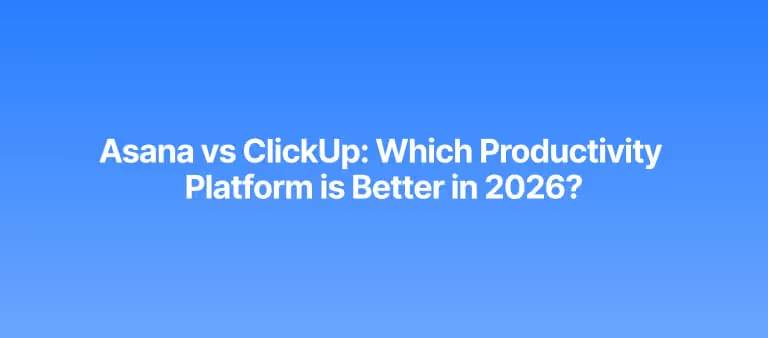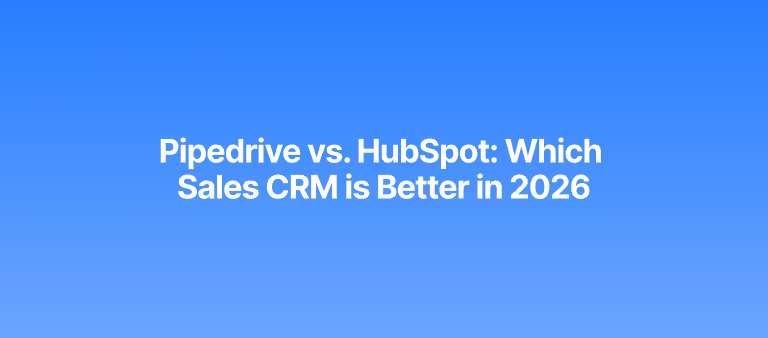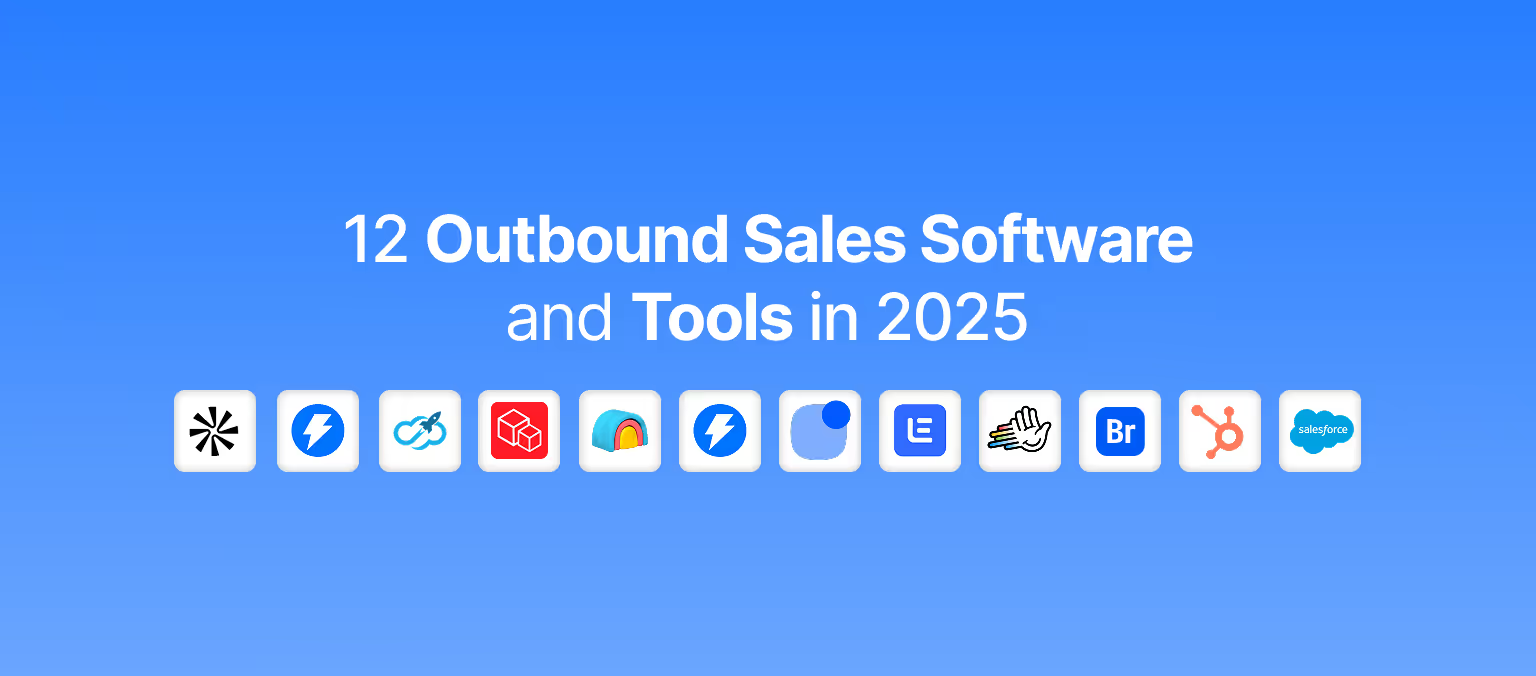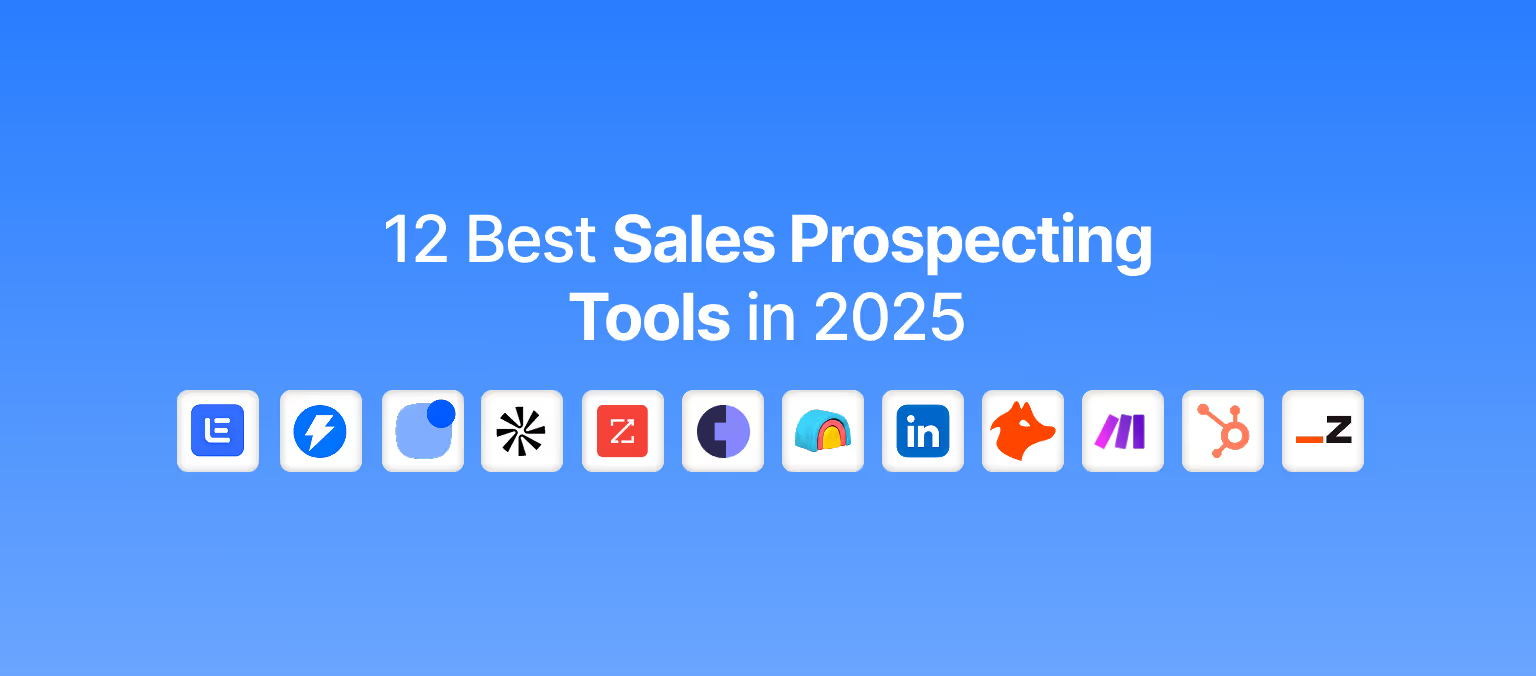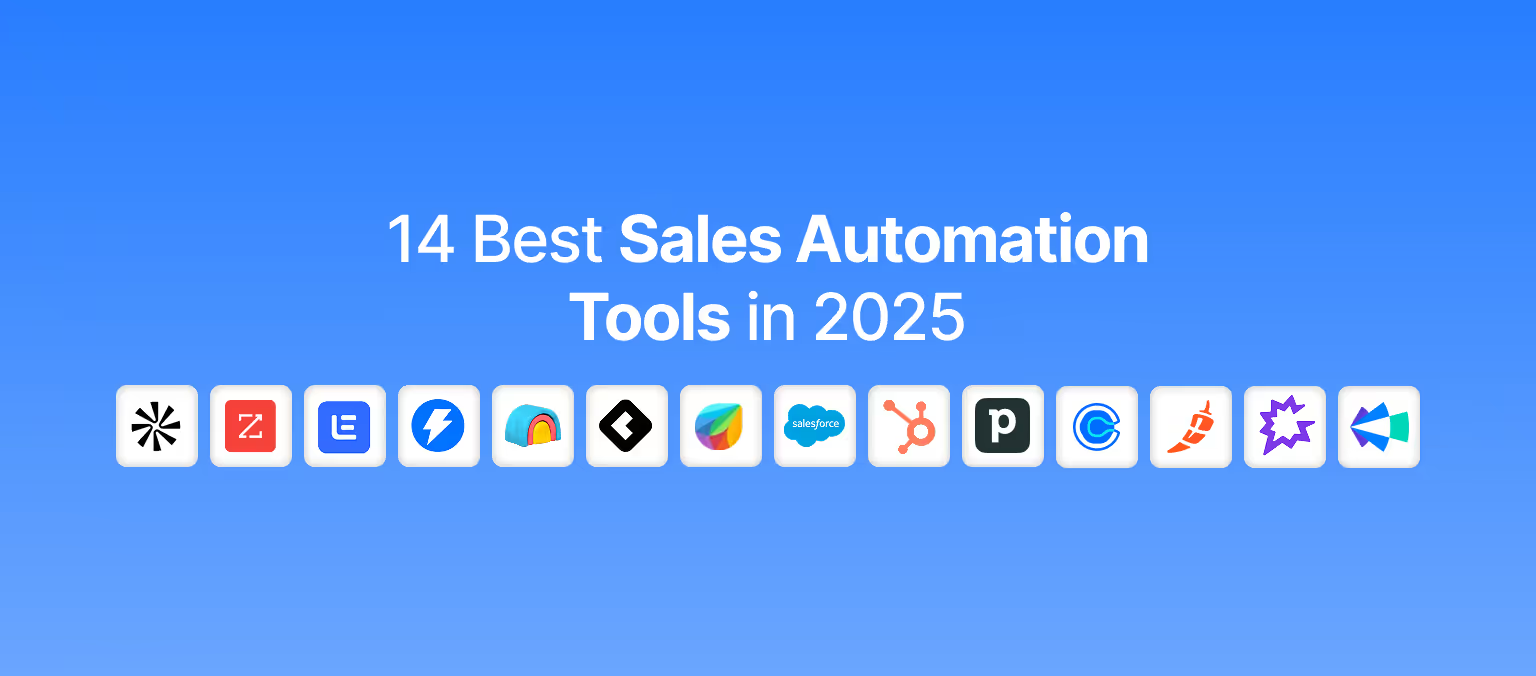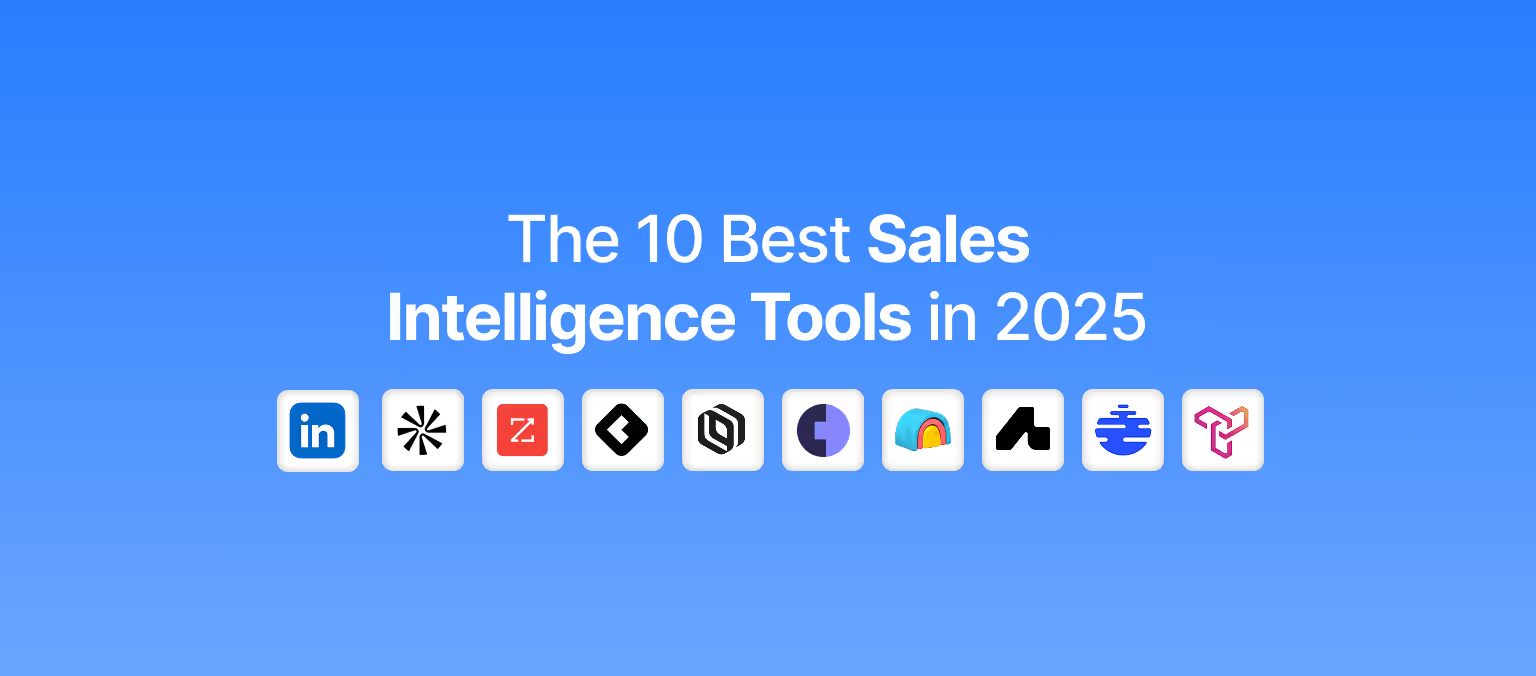How to Do Social Selling in 2025
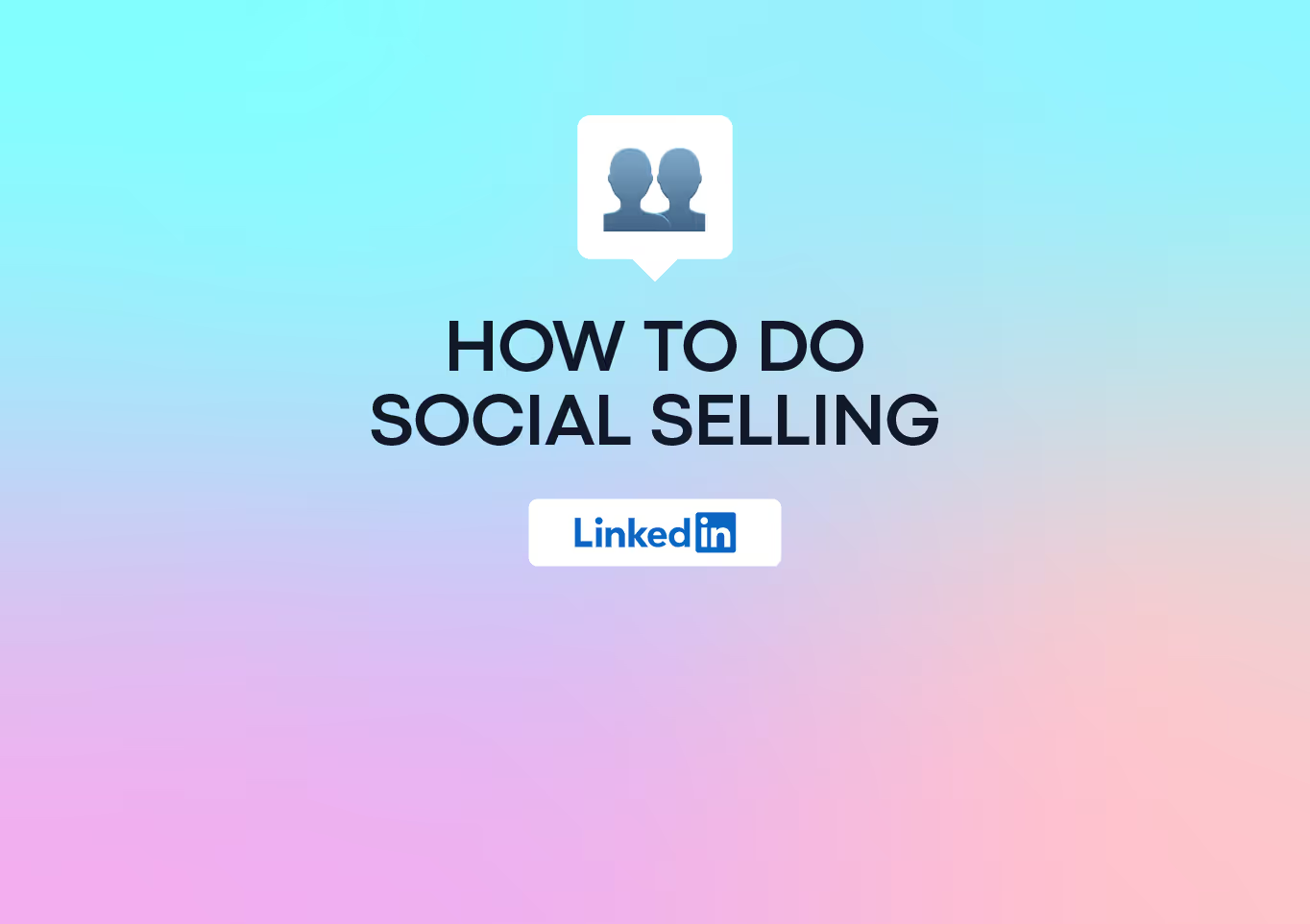
Table of content
Share article
As a salesperson, chances are you are missing out on sales opportunities if you are not using social media platforms. After all, your ideal buyers use at least one of these platforms frequently, making social selling a powerful technique to generate leads for your business.
In this article, you will learn what social selling means, why you need it, and how to engage it. We will also describe the various social platforms that exist and the best practices to get the most out of these platforms.
What is Social Selling?
Social selling is a lead generation strategy where sales professionals find, interact, and nurture prospects on social media platforms. Unlike traditional sales prospecting methods such as cold emailing or cold calling, you want to offer value and build trust through genuine connections with potential customers. This approach enables you to listen to your audience’s conversations, identify sales opportunities for your business, and generate new leads for your business.
Let’s say your recruiting company has a business page on a social media platform such as LinkedIn and you see a company's post that piques your interests. The company is seeking to recruit candidates for their newly expanded offices. Since that's your area of expertise, you can seize the moment to engage with the company’s posts, share some recruiting resources, and send a connection request. By sharing valuable content, the company puts your business on its shortlist and sets an appointment.
In short, social selling is a strategy that involves using valuable content to build meaningful connections with prospects to achieve your sales goals.
Benefits of Social Selling
Social selling strengthens the relationship with your prospects and customers. However, there is more to it. Here are three benefits of engaging in social selling:
1. Build Trust
Thanks to the Internet and social media, customers can easily find negative reviews associated with your brand, making it difficult to earn their trust. However, social selling lets you scale this issue through valuable content that helps build relationships.
Your audience will see you’re there to help rather than sell to them. This authenticity enables them to consider your brand as their go-to source for insights and advice, making them eager to do business with you.
2. Increased Brand Visibility
Sharing valuable content and engaging your audience will not only connect you with prospects at key stages of the buyer journey. Instead, it will help you find more leads and customers without going through the traditional process.
For instance, your existing audience can offer genuine views about your company’s solutions, boosting your visibility. You can also find forums or groups of people with similar problems and address them. This approach, unlike cold calling or cold emailing, enables you to reach new buyers who are eager to hear from you, prompting quick sales for your business.
3. Shorter Sales Cycle
Convincing a prospect and nurturing the relationship to get a sale can require a long time and several processes. This makes the sales process challenging for any salesperson. However, social selling can cut down the sales cycle when you interact with prospects in their time of need.
You can answer their questions, provide prompt responses, and share valuable resources to address their pain points. This process allows you to develop relationships right from day one and generate qualified leads for your business.
What are Social Selling Platforms?
The best social selling platform varies based on your target audience, your strategies, and your overall business goals. Facebook, Instagram, and TikTok are popular social media platforms you can leverage to interact with customers. Although they are casual virtual spaces where people opt to get away from work, you can still get some benefits there.
For Facebook, you can consider joining existing groups and posting valuable content to get potential customers. However, you should avoid being too “salesy” or the admins can boot you out. TikTok is a great sales channel where you can post entertaining videos of your brand and increase brand awareness. Instagram is another social selling platform where you can post helpful content to attract your target audience.
In short, these platforms are great for building relationships, thus boosting your social selling efforts. X (Twitter) is great for having meaningful conversations and showcasing your brand’s expertise. It’s also an ideal platform to listen to your audience’s conversations and identify their needs.
Finally, LinkedIn is the best platform for B2B companies seeking to connect with business decision-makers. You can leverage the business-oriented platform to connect with potential customers and expand your professional network. Also, you can use the LinkedIn Sales Navigator to prioritize prospects and find accounts with high-buying intent.

How to Create a Social Selling Strategy on LinkedIn
So, your goal is to engage in social selling on LinkedIn. But, how do you start? Let’s look at some steps involved with social selling.
Identify Your Target Audience
Your target audience is the group of people who will benefit the most from your products or services. To do this, you must create an ideal customer profile (ICP). An ICP is a detailed description of the individual or company that fits your business based on the attributes you specify. These attributes vary by different types such as age groups, likes or dislikes, purchase intentions, and more.
When you know your target audience inside and out, you can create relevant content that addresses their needs and resonates with them. You will tailor your content to suit their preferences and characteristics, ensuring engagement and usefulness. This approach enables you to create an effective social selling strategy that drives meaningful results for your business.
Optimize Your LinkedIn Profile
Your LinkedIn profile provides valuable information about your professional experiences. It gives prospects key details about who you are and what you do. Optimizing your profile makes it easy for others to find and connect with you on the social networking platform.
Update key aspects of your profile with accurate information such as:
- Uploading a professional profile picture
- Listing your job title
- Creating a compelling personal bio
- Crafting an engaging LinkedIn summary
- Adding relevant contact details such as your email address, phone number, and other social handles.
You should also use industry-related keywords in your profile to attract users with the same interests and enhance visibility. For instance, if you want to achieve social selling for a cybersecurity company, a hashtag such as “#cybersecurity” will attract your preferred audience.
Personalize Your Messages
Personalized outreach goes beyond adding a prospect’s name to the message. You have to do your research to show that you value the relationship with them. This approach makes your message stand out from others and increases the chance of a positive response.
Consider details from their LinkedIn profiles. Dig into their posts to discover their pain points or show you care about their interests. For instance, if you notice your prospects received an award in their industry, you can congratulate them on their latest achievements. Moments like this can result in more valuable conversations.
Share Valuable Content
Sharing valuable content is a powerful way to establish your personal brand and showcase your expertise in the industry. When you demonstrate your knowledge in a specific subject area well, you encourage your audience to trust your brand and buy from you.
After all, people are more likely to buy from brands that solve their problems and care about their interests than companies that only advertise their products or services. Hence, incorporating this process into your social selling strategies will help to build genuine connections within your network.
Your valuable content can come in different formats such as:
- Text-Only Posts
This content format is perfect for story-telling and sharing insightful tips. It requires a captivating introduction and intriguing conclusion that provides valuable insights for your audience.
When creating this content format, ensure that the structure is concise and formatted appropriately. This approach helps to boost reach and increase engagement. Also, avoid overly short content as it results in a 25% decrease in reach. The ideal text length is between 1,800-2,100 characters.
- Text+Image Posts
Including visuals in your LinkedIn posts is another powerful method that enhances reach. As you tell the stories with words, adding an image, usually an infographic, can help to better illustrate your points.
This image should be genuine pictures rather than a stock image to grab more attention. You should limit your visuals to five images to avoid overwhelming your audience. The ideal text length for this post is between 900-1200 characters.
- Video Posts
Video content illustrates your processes, showcases your tools, and provides event coverage of your activities. To get started, use a vertical format and include an eye-catching thumbnail to grab attention.
Ensure your storyline hooks your audience within the first eight seconds, else, they will disengage. Finish your content with a captivating call-to-action (CTA) to persuade your audience to perform the desired action. The optimal length for a video post is 1-2 minutes.
- Articles and Newsletters
Articles further demonstrate your knowledge by educating your audience about a specific topic. To do this, ensure readability by including clear headlines and short paragraphs. Publish your posts twice a month and share them within LinkedIn communities and groups. The ideal text length is between 800-1200 words.
- LinkedIn Polls
LinkedIn polls help you to engage your audience and receive their insights about various topics. To use this feature, explain the poll’s purpose upfront by stating a clear, straightforward question.
Next, craft three options to obtain thoughtful responses. Avoid a single-day poll and opt for a default 1-week duration. This helps you to get enough answers to your questions. You can also present the results with carousels or a text+image post.
- Document (PDF) Posts
Document posts are PDFs that appear as a single image but enable readers to scroll through the pages. They’re interactive features that result in high engagement when used appropriately. Documents allow you to break your content into chunks, enabling your audience to digest your content easily.
To get the most out of this feature, aim for 12 slides with 25-50 words per slide. Use a vertical layout with no more than three colors. Ensure the design aligns with your brand. Drop your post in the morning to boost visibility.
Engage with Your Audience
Spamming your prospect’s inboxes with sales pitches is a sure way to fail at social selling. The goal is to build genuine connections through valuable conversations and authentic engagement.
Ensure you listen to your audience and understand their needs. Provide relevant resources that address your audience’s questions. Give honest feedback about a product or service. Add your perspective to a post about an industry trend. Like and comment on their posts too.
Building relationships takes time, so you have to be consistent in your efforts. Authentically engaging your audience over time lays the foundation for a successful social selling strategy.
Set Up Social Alerts
Social monitoring alerts keep you updated about the latest conversations on social media sites. You can track mentions of your brand to engage with your customers and respond to their queries.
Also, you can set up notifications for relevant keywords to join conversations and demonstrate your expertise. These keywords can also serve as sales triggers to advance your prospecting efforts. This approach builds trust and strengthens relationships with your audience.
Additionally, you can set up alerts for your competitors to identify market gaps and offer solutions, even if they are not directly related to your products. This opens up sales conversations and ultimately improves your sales strategy.
Track Your Performance
Track essential sales metrics to measure the performance of your social selling activities. If you’re receiving more engagements on posts, getting more signups, or generating more leads, continue with these tactics while looking for areas of improvement. If you’re not getting the desired results, you need to improve your strategies.
That said, LinkedIn’s social selling index (SSI) helps to track the effectiveness of your social selling strategy. It identifies your strengths and weaknesses so you can adjust your strategy accordingly.
You can calculate your social selling success based on these four criteria:
- Establishing a professional brand
- Finding the right people on the platform
- Engaging with insights
- How you successfully build relationships.
You can access your score on LinkedIn Sales Navigator through this link: social selling index.
The link directs you to a page that features a dashboard where you get helpful data for your social selling strategy. It provides insights about your current status and offers suggestions on how to improve it.

Best Practices for Social Selling on LinkedIn
Social selling on LinkedIn requires implementing some best practices to get the most out of it. Here are five things to consider:
Set Clear Expectations and Goals
Defining expectations and setting clear goals are crucial to the success of your LinkedIn social selling strategy. Ask yourself about what you intend to achieve.
Do you want to receive more engagement on your posts? Expand your network? Or generate more qualified leads? Setting an achievable goal for your sales team keeps you right on track and helps to improve your business performance.
Create a Daily Routine
Social selling on LinkedIn requires time, patience, and consistency. As a result, you need to create a plan to promote your social selling efforts. Consider setting at least 30 minutes per day to work on your goals.
For instance, you can consider spending 10 minutes to craft and publish a post, another 10 minutes to engage with your audience, and 10 minutes to connect with new leads. Engaging in these daily routines results in a compounding effect that creates positive impacts in the long run.
Be an Active Social Listener
A great hack about using LinkedIn is that your customers or prospects are always sharing valuable information about what they want or need. All you need to do is to listen attentively.
Social listening enables you to quickly identify your prospect’s frustrations or pain points, offering you an opportunity to present your solutions in the most natural way. Also, your queries may not always result in discussing your solutions. In this case, offering helpful responses can build genuine connections that you leverage for future use.
Leverage Social Selling Technology
Embrace social selling technology to automate your efforts, increase efficiency, and boost effectiveness. With just a few clicks, you can get more done in less time, while making informed decisions that drive business growth.
There are various social selling technologies you can add to your sales tech stack to advance your social selling efforts. Some common tools that can make your social selling stack include AI copywriting software, intent signals tools, visual tools, sales prospecting tools, and more. The goal is to select one that aligns with your current business goals and accommodate future changes.
Offer Training to Your Sales Reps
You can’t launch a social selling program and expect your sales teams to start the job straight away. You need to train them in various social selling practices such as:
- Providing an overview of the social media channel
- Training them on how to build their personal brand
- Equipping them with copywriting skills to create killer content
- Educating them on how to engage with prospects.
Training your sales team on these practices helps them to create meaningful connections and engage authentically with the audience rather than spamming prospects with sales pitches.

Key Takeaways
- Identify your target audience to create relevant content that resonates with them and suits their needs.
- Optimize your LinkedIn profile to make it easy for others to find and connect with you on the social networking platform.
- Share valuable content to build trust in your audience and persuade them to buy from you.
- Set up social media alerts to provide relevant updates and prompt you to join conversations early.
- Track your social selling performance to determine whether it’s a success or not.
- Need help with social selling? ColdIQ can help you achieve stellar results with our unique approach. Get in touch with us today.
FAQ
Visual and interactive content often performs well, but preferences vary by platform. Short videos grab attention quickly, while informative posts build trust. Testing different formats helps find what resonates most with your specific followers.
Social listening reveals customer needs and concerns in real time, allowing tailored responses. It also uncovers trends and competitor activity. Use these insights to adjust messaging before reaching out, making conversations more relevant and helpful.
How do regular performance reviews benefit a social selling strategy?
Why is defining your Ideal Customer Profile (ICP) essential for social selling?
Let's Get Started!
Schedule a 30-minute call with ColdIQ leadership to learn how our outbound strategy and sales tools help generate qualified leads and close deals.
.avif)
.svg)
